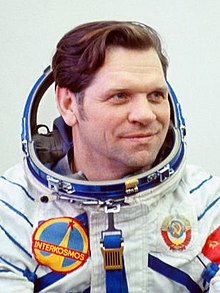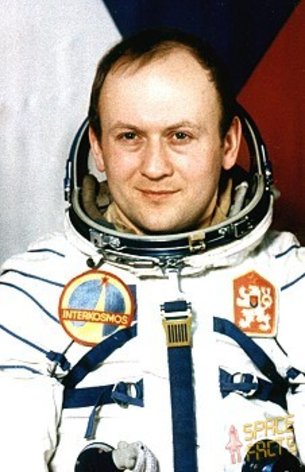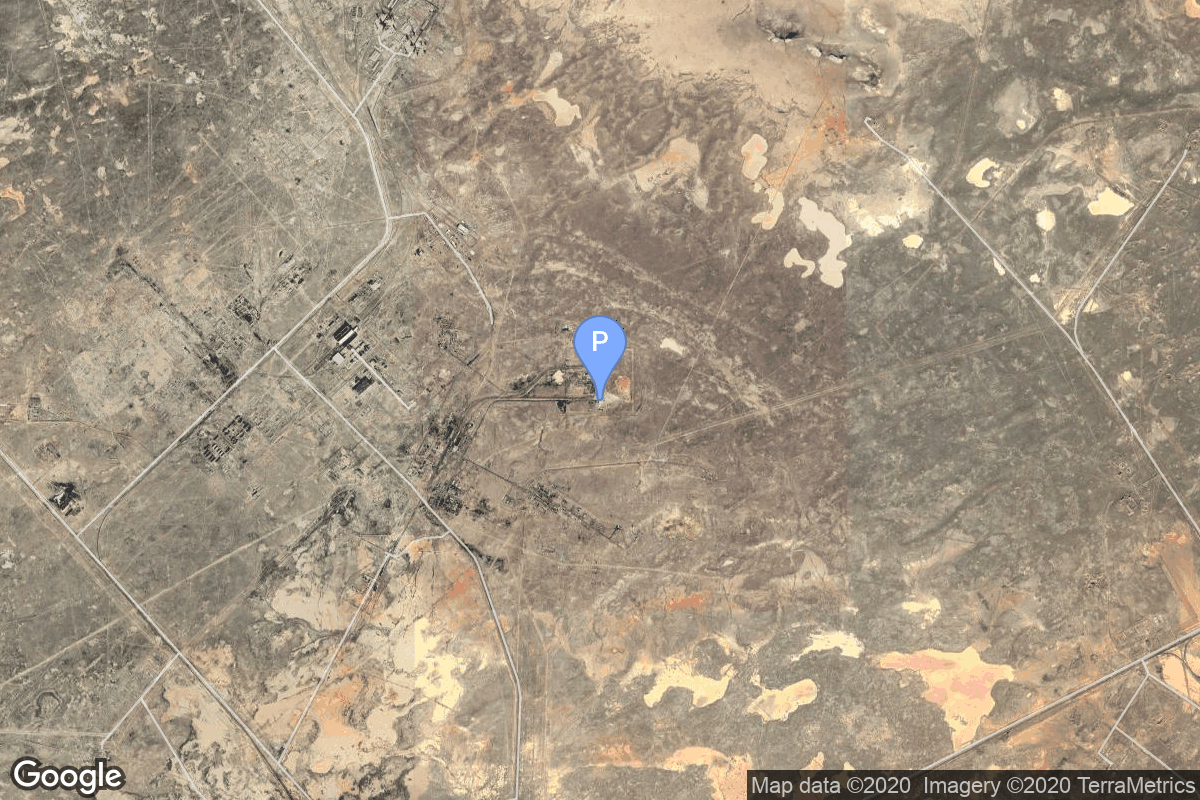Soyuz 28
Soyuz-U
Soviet Space Program
Crew

Aleksei Gubarev
- Birthday: 03/29/1931
- Role: Commander
- Nationality: Russian
- First Flight: 01/10/1975
- Last Flight: 03/02/1978
Aleksei Aleksandrovich Gubarev (Russian: Алексе́й Алекса́ндрович Гу́барев; 29 March 1931 – 21 February 2015) was a Soviet cosmonaut who flew on two space flights: Soyuz 17 and Soyuz 28.

Vladimír Remek
- Birthday: 09/26/1948
- Role: Research Cosmonaut
- Nationality: Czech
- First Flight: 03/02/1978
- Last Flight: 03/02/1978
Vladimír Remek (born 26 September 1948) is a Czech politician and diplomat as well as a former cosmonaut and military pilot. He flew aboard Soyuz 28 from 2 to 10 March 1978, becoming the first Czechoslovak in space and the only Czech in space. As the first cosmonaut from a country other than the Soviet Union or the United States, and with the entry of the Czech Republic into the European Union, Remek is considered to be the first astronaut from the European Union.
Mission
Soyuz 28
- Type: Human Exploration
- Orbit: Low Earth Orbit
Soyuz 28 was the third mission to visit the Salyut 6 space station. This mission, being the first of the Intercosmos program, had the first ever international crew. The mission began on March 2, 1978, 15:28 UTC, launching Commander Aleksei Gubarev and Research Cosmonaut VladimÃr Remek into orbit. They docked with the station the next day and greeted the crew of the long0duration EO-1 expedition. During their stay on the station, Soyuz 28 crew performed various scientific and technological experiments.
The mission concluded with a safe landing back on Earth on March 10, 1978, 13:44 UTC.
Location
Rocket
Agency
Soviet Space Program
The Soviet space program, was the national space program of the Union of Soviet Socialist Republics (USSR) actived from 1930s until disintegration of the Soviet Union in 1991.
The Soviet Union’s space program was mainly based on the cosmonautic exploration of space and the development of the expandable launch vehicles, which had been split between many design bureaus competing against each other. Over its 60-years of history, the Russian program was responsible for a number of pioneering feats and accomplishments in the human space flight, including the first intercontinental ballistic missile (R-7), first satellite (Sputnik 1), first animal in Earth orbit (the dog Laika on Sputnik 2), first human in space and Earth orbit (cosmonaut Yuri Gagarin on Vostok 1), first woman in space and Earth orbit (cosmonaut Valentina Tereshkova on Vostok 6), first spacewalk (cosmonaut Alexei Leonov on Voskhod 2), first Moon impact (Luna 2), first image of the far side of the Moon (Luna 3) and unmanned lunar soft landing (Luna 9), first space rover (Lunokhod 1), first sample of lunar soil automatically extracted and brought to Earth (Luna 16), and first space station (Salyut 1). Further notable records included the first interplanetary probes: Venera 1 and Mars 1 to fly by Venus and Mars, respectively, Venera 3 and Mars 2 to impact the respective planet surface, and Venera 7 and Mars 3 to make soft landings on these planets.


